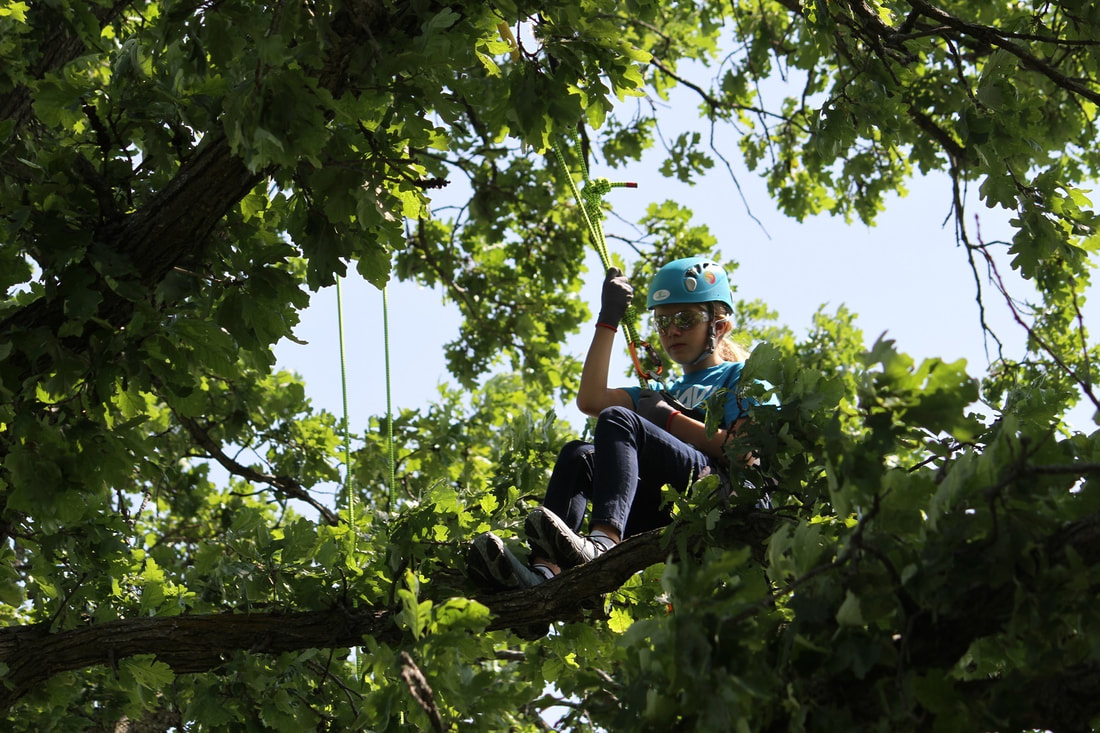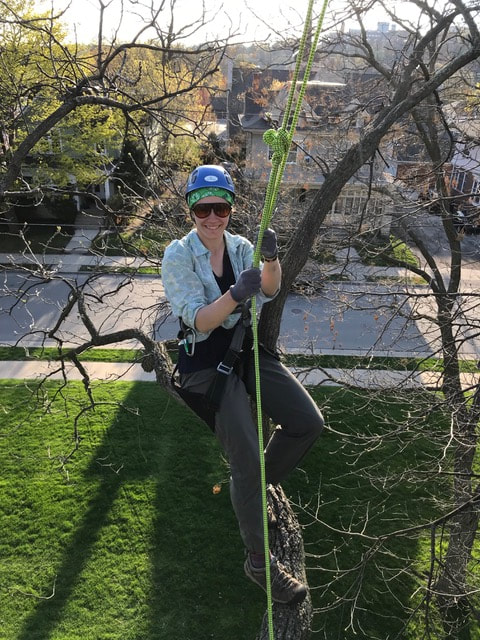|
Some people take on exciting and risky endeavors such as wingsuit flying, base jumping, and free-climbing rock faces. You might have even tried a few yourself. Maybe bungee jumping or skydiving? Extreme sports tend to involve activities that take on higher associated risks, thereby increasing the level of danger for the participant. Often times the risks are increased through elevated levels of speed, height or mental and physical exertion. Participating in these types of activities produces a rush of the epinephrine in the body, the hormone associated with the “adrenaline rush.” The “adrenaline rush” is experienced as a reward by some people and thus creates a drive to participate in extreme activities. What might be extreme to you may differ greatly from the next person, therefore we each experience adrenaline rushes at different levels of participation in the same activity. You can experience the rush simply by stepping outside your comfort zone. One Step Over the Line On occasion I am able to get out with a friend to climb rock. Since all of our climbing is done on rope, we hike to the top of our chosen rock face in order to set up the top-rope system. Once he has all the gear in place, we take the shortest route down…stepping off the edge of the cliff. Stepping off the side of a cliff is not part of my daily routine; therefore, I find it quite exciting. It tests my nerve every time! Once over the edge and hanging on rope, rappelling 50 feet down the side of the cliff is relaxing comparatively. Then there are people like Alex Honnold, who free-climbed El Cap. No harness, no rope. To put it into perspective, the wall routes at Adventure Rock reach just over 40 feet and our highest ropes in our climbing trees tend to be between 40-55 feet high. The El Cap route Alex climbed was 3,000 feet. Chills ran down my spine as I watched his journey in the 2018 documentary, Free Solo. I feel an adrenaline rush just thinking about it! As I stand at the base of a cliff or wall and look up, I recheck my safety system. Did we inspect all of the equipment? Is the fall protection system installed properly? Do I trust my belayer? Until my confidence level increases during an ascent, I feel adrenaline release in my blood stream. It is invigorating. Even if we might have grand visions of accomplishing feats like Honnold or simply jumping out of a plane to try skydiving, we know we lack the ability and usually the equipment to do so. Or maybe we’re just a bit more cautious. Do Something Out Of The Ordinary Ziplining and High-ropes courses tend to elicit an invigorating adrenaline rush in many people. We are faced with the fear of falling. If you already have a fear of heights, the effect can be more intense. While tree climbing may fall in the same arena of adventure activities like these, it tends to elicit different responses. Since climbers are in control during their time above the ground, you tend to experience less of an adrenaline rush, yet still feel energized and invigorated. This feeling is likely caused by the release of hormones such as dopamine, serotonin and endorphins. These are some of the “happy hormones” as they provide a boost of feel good energy, without the stress-related impact of the adrenaline rush. For most people, just getting ourselves off the ground is stepping outside of our comfort zone. This where the thrill of the climb begins. Those energizing hormones begin to release. I find it particularly enjoyable when these hormones are at greater levels than adrenaline. As you climb higher, you will eventually encounter the height that registers for yourself as one where you are no longer near the ground. Meaning, you are acutely aware you have stepped outside your comfort zone. For many people this height is reached about 10-15 feet, and maybe 30 feet for others. With tree climbing, you are in control of your next decision. Once you reach that first ceiling, what is your next move? Climb higher, hang out and enjoy the comfort of hanging in your saddle, head down? Once acclimated to the distance above ground, most people opt to climb higher. Decide to climb higher, you’ll feel another flush of those energizing hormones. This process repeats during your climb. When you reach the lowest branches of the tree’s crown. Getting onto or off of a branch, questioning whether you will still be held aloft during each transition. When you reach the top of your rope. Each time receiving a flush of energy. What Level of Extreme Are You Looking For?
Recreational tree climbers live around the world and come from all walks of life. Many head out in search of the tallest trees in order to reach heights of 200-350’. Some are looking for trees and vistas in remote locations, taking them into jungles and rainforests shared by pit vipers, stinging insects and other critters that can cause harm when encountered. Climbing arborists work in the trees daily. Their work requires precision skill to situate themselves into a proper working position to avoid straining muscles or being hit by the piece of wood being removed. Their work might involve operating a chainsaw with the chain rotating near 60mph as 1,400 cutting teeth pass by a specific point per second. Can you picture yourself in either of those situations? Do they seem a little more extreme than climbing the tree in your backyard? Maybe you have tried or have seen a tree climber limb-walking, where they walk out towards the end of a branch. In doing so, they are no longer hanging directly under their suspension point; therefore, now relying more and more on their ability to balance their weight on the branch. The awareness is very much present that if they slip, they will fall & possibly swing uncontrolled towards the trunk. I mention all of this to put into perspective that many tree climbers experience and are often driven by situations that provide an adrenaline rush during the climb. The work is demanding, very rewarding, and ultimately provides the thrill that some of us spend our money on for recreation. Do you think of yourself as someone who is not ready to throw caution to the wind and truly willing to risk severe injury or death? It is fortunate, then, that you can search out experiences under more controlled circumstances where those consequences are not at stake, and push the limits of your comfort zone at your own pace.
0 Comments
All new climbers learn to ascend the rope using beginner techniques, which we teach at all of our events. With time, some people advance to faster and more efficient techniques that Curt demonstrates in this video. It’s the technique of climbing rope that gets you high up into a tree, no matter your level.
|
AuthorAs a G.O.T.C. Recognized Master Instructor & Facilitator, I.S.A. Board Certified Master Arborist, and T.C.I.A. Certified Treecare Safety Professional, Curt has spent over 30 years dedicated to the study and care of trees. Categories
All
Archives
April 2024
|
|




 RSS Feed
RSS Feed
